The TILA-RESPA Combined Disclosure connection
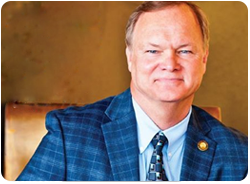
By Tim Anderson,
Director of eServices, DocMagic, Inc.
As we all know (and can’t get away from by now), the Consumer Financial Protection Bureau (CFPB) has issued a rule that they state will simplify and improve disclosure forms for mortgage transactions. For applications received on or after August 1, 2015, the Loan Estimate must be provided to the consumer three business days after the application, and the Closing Disclosure must be provided to the consumer three days before closing.
The new Combined Disclosure Regulation is going to force lenders to connect to title agents at the time of application and prior to closing to ensure compliance. As some of the recent posts on Closing Call have discussed, there are tolerances and limits on the increases to closing costs. Here’s the official word on closing-cost increases, extracted straight from the CFPB’s Final rule on simplified and improved mortgage disclosures:
Limits on closing-cost increases
Similar to existing law, the final rule restricts the circumstances in which consumers can be required to pay more for settlement services – the various services required to complete a loan, such as appraisals, inspections, etc. – than the amount stated on their Loan Estimate form. Unless an exception applies, charges for the following services cannot increase: (1) the creditor’s or mortgage broker’s charges for its own services; (2) charges for services provided by an affiliate of the creditor or mortgage broker; and (3) charges for services for which the creditor or mortgage broker does not permit the consumer to shop. Charges for other services can increase, but generally not by more than 10%, unless an exception applies.
The exceptions include, for example, situations when: (1) the consumer asks for a change; (2) the consumer chooses a service provider that was not identified by the creditor; (3) information provided at application was inaccurate or becomes inaccurate; or (4) the Loan Estimate expires. When an exception applies, the creditor generally must provide an updated Loan Estimate form within three business days.
If the creditor makes certain significant changes between the time the Closing Disclosure form is given and the closing – specifically, if the creditor makes changes to the APR above 1/8 of a percent for most loans (and 1/4 of a percent for loans with irregular payments or periods), changes the loan product, or adds a prepayment penalty to the loan – the consumer must be provided a new form and an additional three-business-day waiting period after receipt of the new form.
Additionally, they go on to summarize details covering Proposals not adopted in the final rule:
The proposed rule would have redefined the way the Annual Percentage Rate or “APR” is calculated. Under the Proposal, the APR would have encompassed almost all of the up-front costs of the loan. The proposed rule would also have required creditors to keep records of the Loan Estimate and Closing Disclosure forms provided to consumers in an electronic machine readable format to make it easier for regulators to monitor compliance.
Based on public comments the Bureau received raising implementation and cost concerns regarding these two proposals, the Bureau has determined not to finalize these provisions in the final rule. The Bureau continues to believe these ideas may have benefits for consumers and the industry, however, and intends to continue following up on both issues. For example, the Bureau intends to work closely with the industry on private data standard initiatives to promote consistency in data transmission and storage. After additional study, the Bureau may propose rules on either or both topics.
There’s a business problem that arises from these changes; let’s look at it for a minute. With the faster and more accurate delivery requirement of the charges between the Loan Estimate and Closing Disclosure forms, constant and reliable communication will be key between lenders and title agents. During the new process, you’ll have to:
• Ensure accuracy of the Loan Estimate form at time of application
• Reconcile fees (with stricter RESPA tolerance guidelines) between the lender's system of record and title closing production systems on the final Disclosure document that must now be delivered three days prior to closing to ensure compliance prior to drawing docs
• Face challenges with the new requirement to support MISMO 3.3 intelligent data standards. For instance, if a lender is not using the same system and doc provider for the initial Loan Estimate form as well as the final Closing Disclosure, they are not going to easily reconcile data, documents and calcs to be compliant
• Be aware that most systems don’t even stand behind their GFE/TIL and APR calculations with a rep and warrant for compliance
• Provide an audit trail as proof of compliance. Recognize that it is now even more important that the data and documents are shared and synched between the lender's system of record and title production systems and easily and quickly accessible
The primary issue is not only delivering the closing documents to the consumer three days ahead of closing (consummation), but now, with the delivery deadlines and tolerance requirements, the lender is on the hook to ensure even greater accuracy of the GFE/TIL at time of application. So what does that have to do with you and technology? It means introducing new electronic processes to replace traditional paper processes and making sure you use the same provider so you have compliance consistency and integrity of the data.
It’s critical that your technology solution can facilitate the electronic sharing and collaboration of data & documents. On top of that, you will need to keep the process electronic to provide evidence and proof of compliance around receipt of delivery, acceptance and execution of documents that the CFPB is going to want to see and audit. Something, by the way, that both DocMagic and Pavaso already provide to their customers.
There has been much ado about the CFPB Combined Disclosure Regulation. There have been numerous seminars and webinars on the operational impact this is going to have on the traditional disclosure process. But are lenders really cognizant and looking at an overall “solution”?
For a variety of information on solutions to these issues, visit the TILA-RESPA Knowledge Center, where you can register for a free account to browse a knowledge base of articles and documents, or join conversations in the forums.
All information and views expressed or implied are provided without warranty and are only opinion. Each participant should seek legal representation for legal interpretation of the ruling and the CFPB directly for final instruction and interpretation. The final rule can be found here.
Tim Anderson
Tim Anderson brings more than 30 years of industry experience, having worked on both the lender and vendor side of the business. He has held executive management positions with LPS, Stewart, Fidelity, FreddieMac and HomeSide Lending, where he ran the eCommerce Division and worked at technology companies like Dexma, Microsoft and Tuttle Information Services. He was also the original founder of the eMortgage Alliance™ which promoted MISMO standards for delivering legal paperless processes. He currently is Director of eServices for DocMagic, Inc.
Let us digitally transform your mortgage process for increased efficiency and ROI. See how by scheduling a demo today.
Topics from this blog: eClosing Compliance eDisclosures
BackSearch the Blog
- Recent
- Popular
- Topics
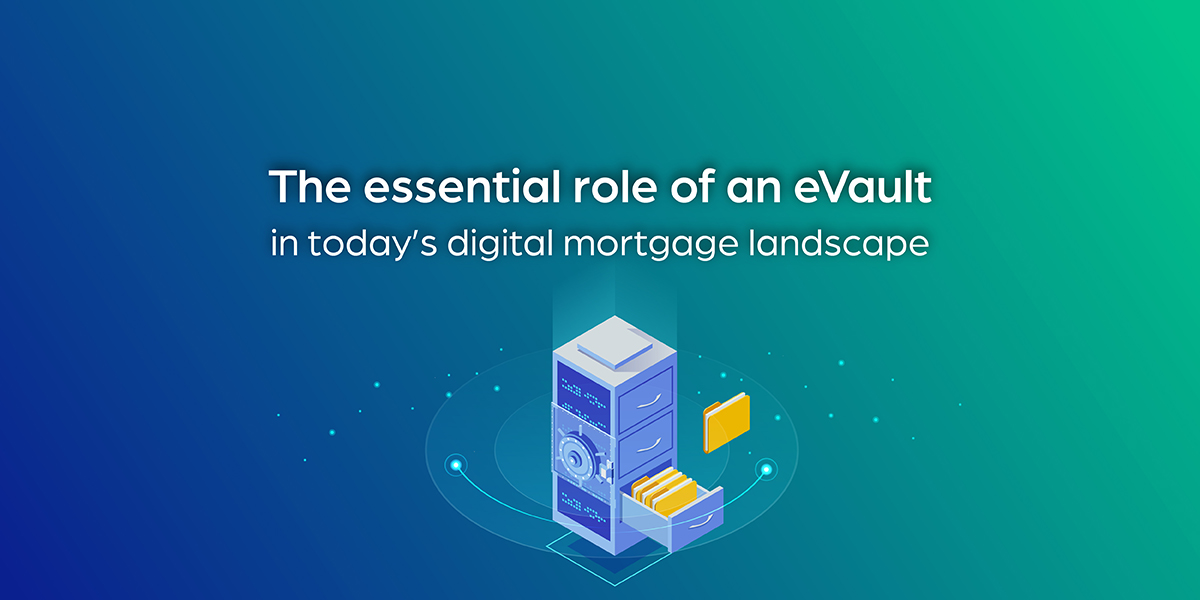
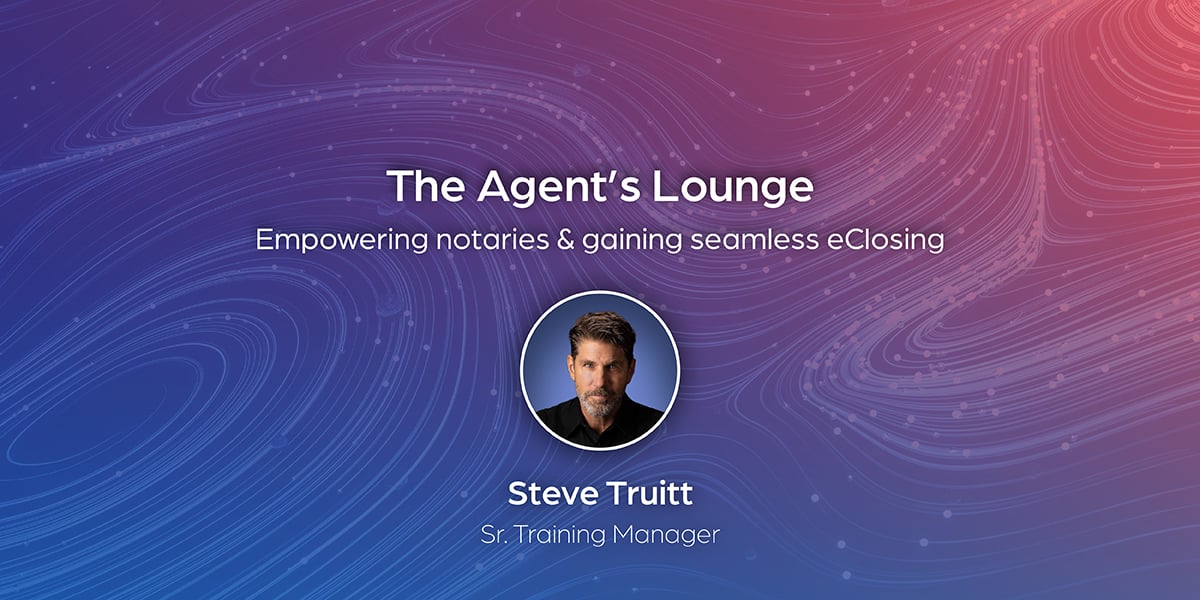


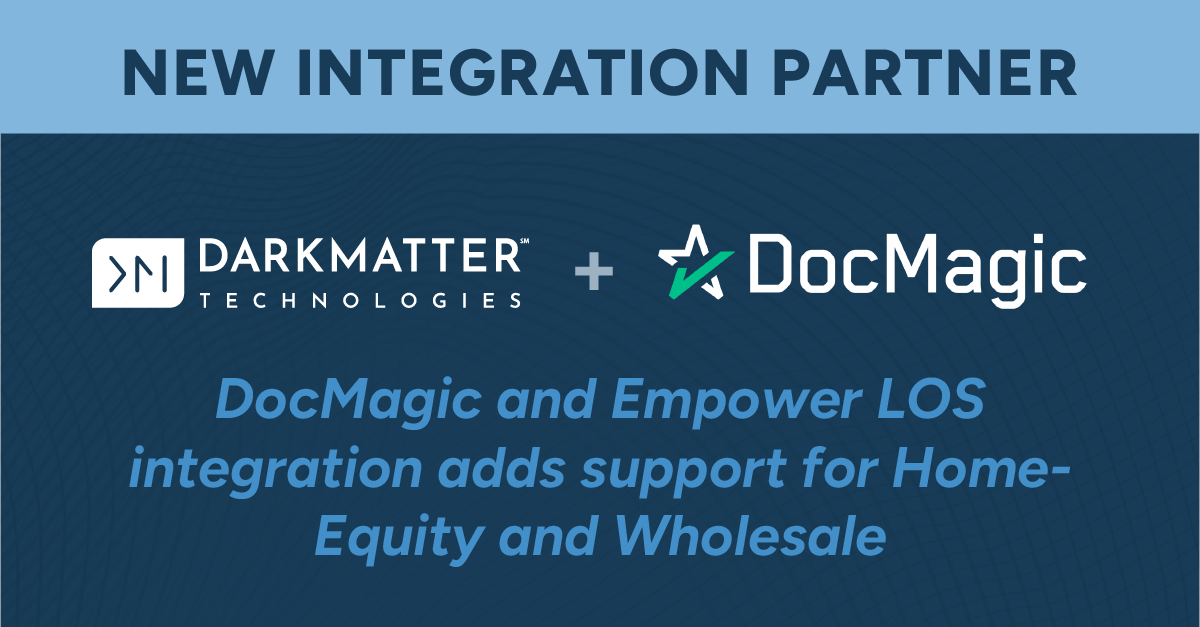
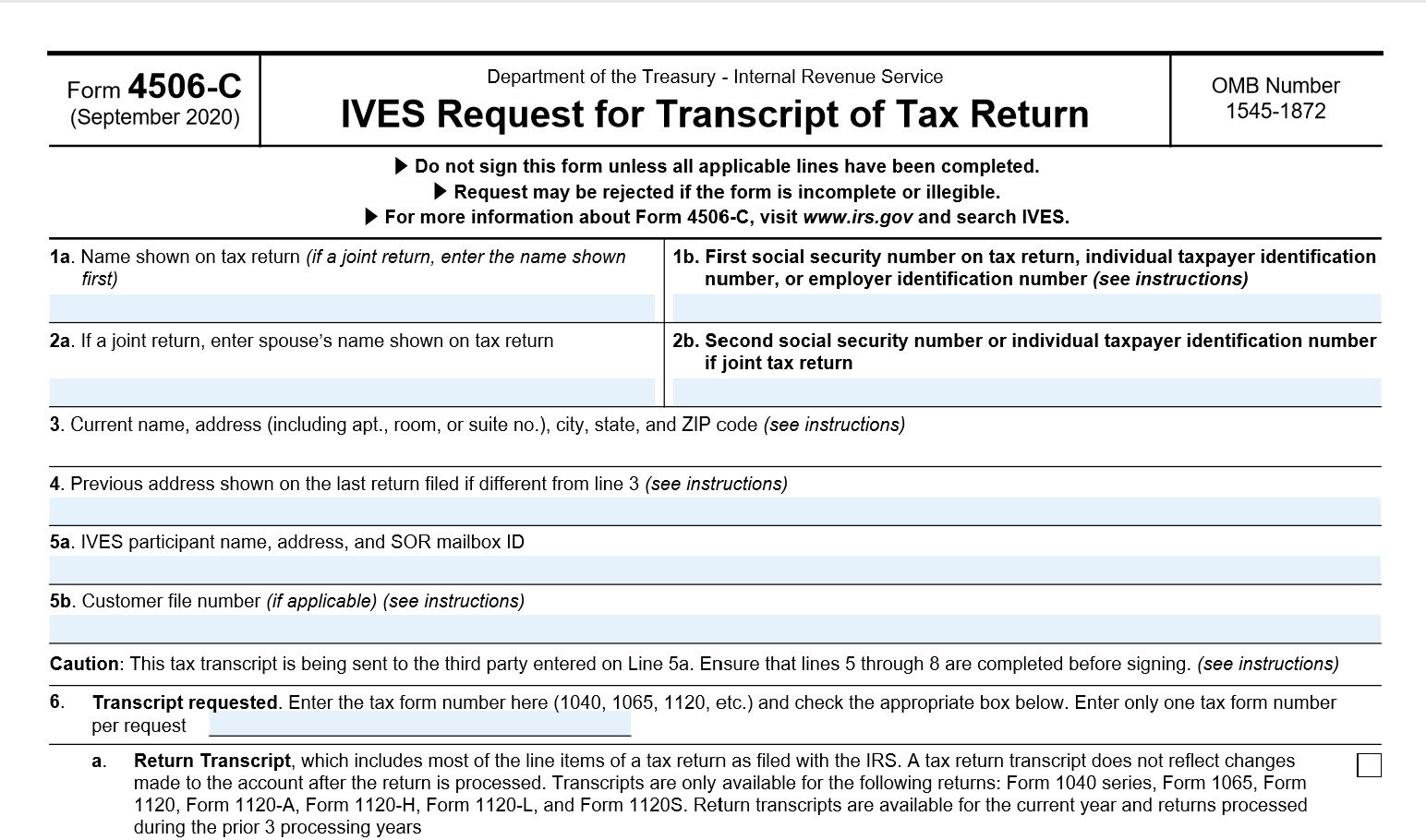
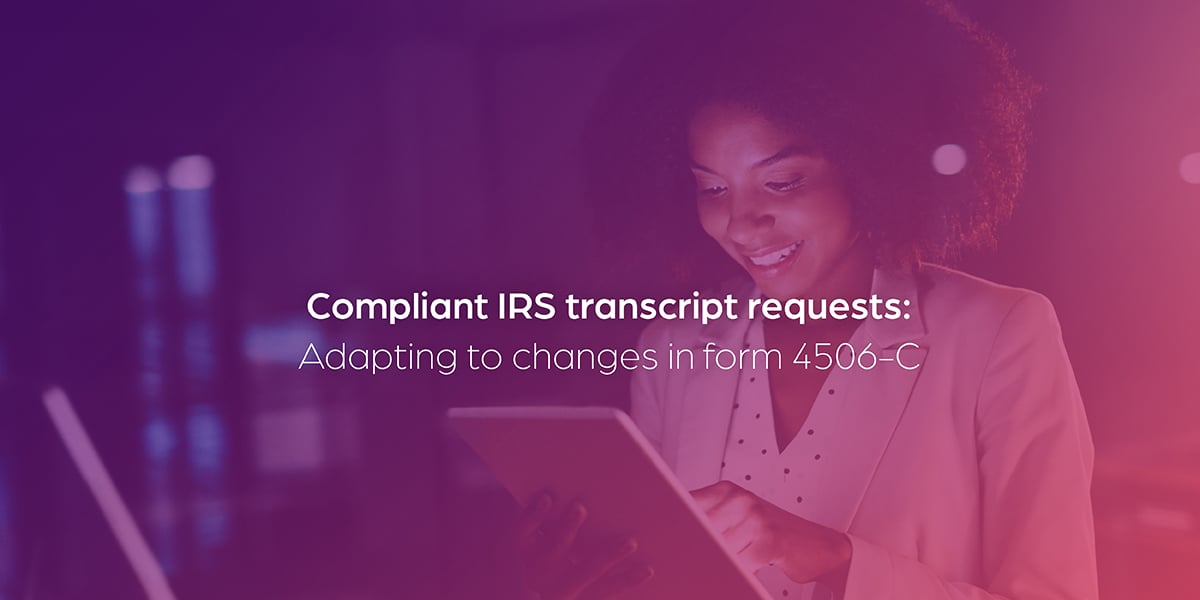

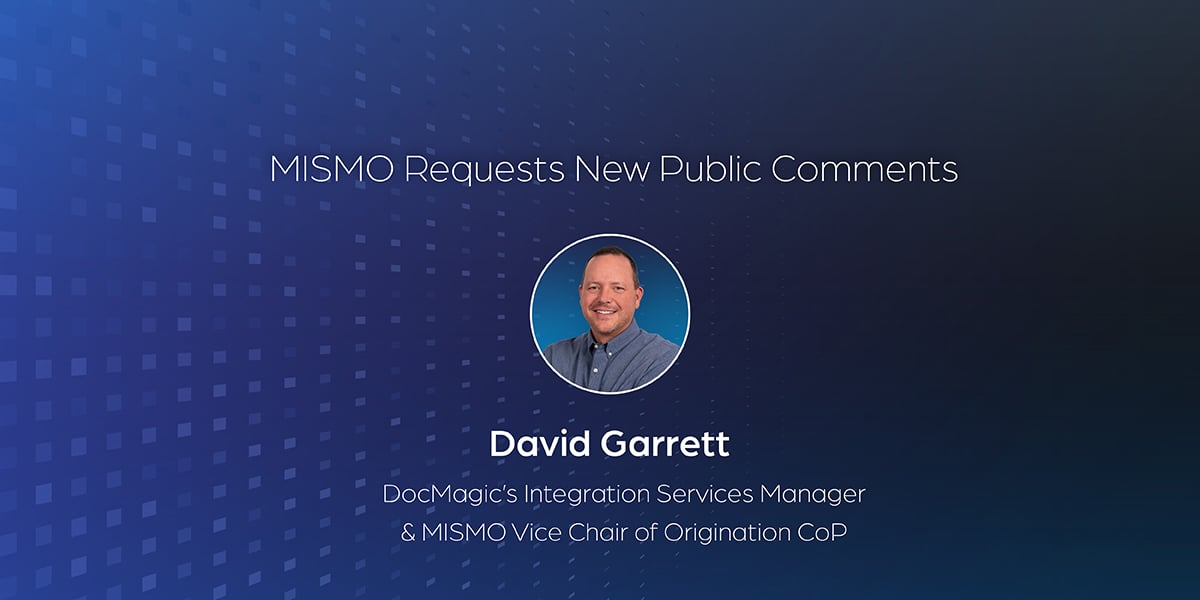
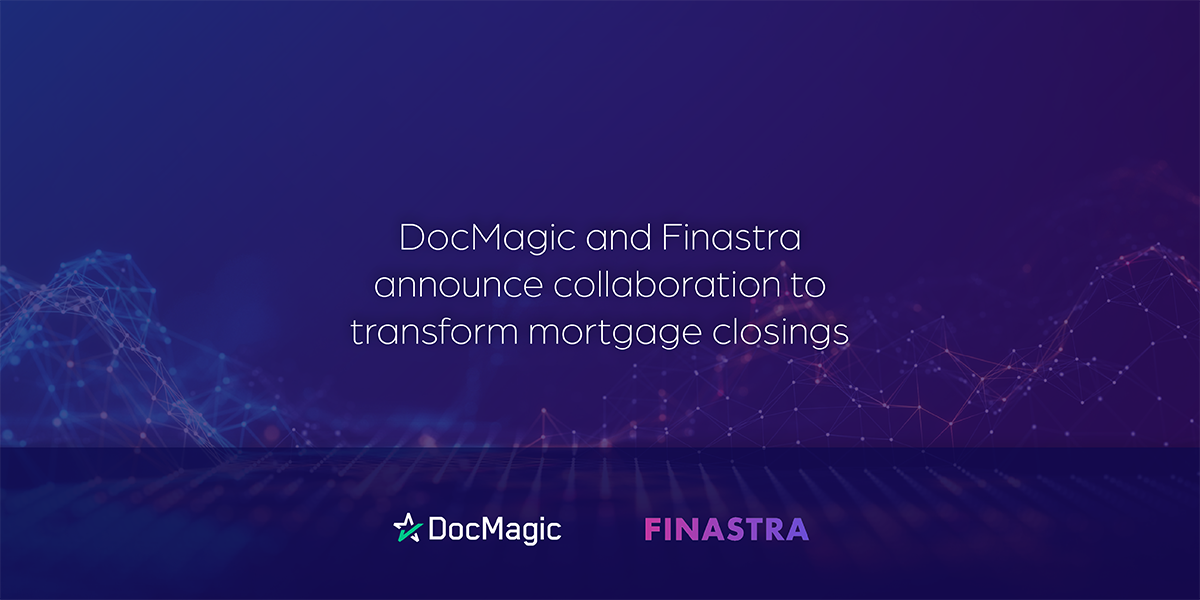
List By Topic
- Compliance (100)
- eClosing (79)
- eSign (70)
- Awards (59)
- Integrations (56)
- Industry Publications (52)
- Total eClose (43)
- Remote Online Notarization (31)
- Document Generation (30)
- eNotes (30)
- eDisclosures (25)
- GSEs (18)
- eVault (17)
- eNotary (16)
- SmartCLOSE (13)
- LoanMagic (12)
- eDelivery (11)
- Philanthropy (8)
- Partnerships (7)
- AutoPrep (3)
Subscribe Here
Download the Truliant Federal Credit Union Case Study
Truliant took several key steps to refine its 100% digital eClosing process — including finding the right technology partner.
